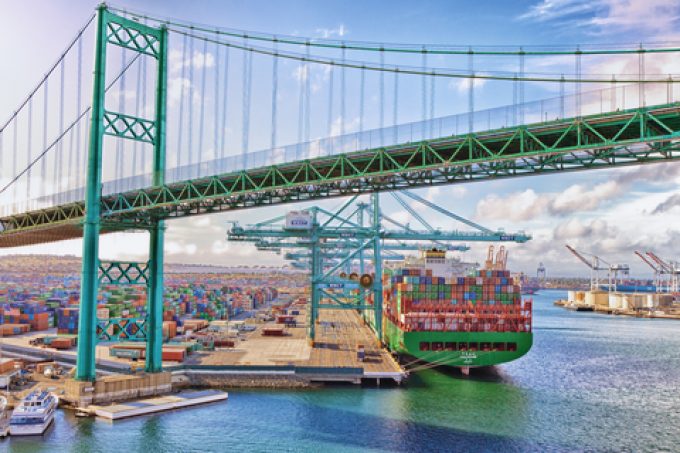2025 will be 'quite a ride' – but logistics will 'again prove its value'
With tariff-induced transport shifts set to cause supply chain complexity, 2025 “is going to be ...

The port of Los Angeles will suffer “permanent” volume losses from the trade war with China, says its executive director, Gene Seroka.
The ex-APL shipping veteran slammed the tariffs on Chinese imports and warned that the western hemisphere’s largest container port would need to reinvent itself.
“We’ve had two bad shocks to the supply chain,” Mr Seroka said during a MarineTraffic webinar on Tuesday.
“The first, the ill-advised tariff policies of our administration in Washington; and then, to add insult to injury, the ...
Semiconductors could compensate for air freight's lost ecommerce traffic
'It’s healthy competition' Maersk tells forwarders bidding for same business
Transpacific sees first major MSC blanks as rates fall and volumes falter
'Weakened' Maersk paying a heavy price for its lack of fleet growth
US shippers slam USTR port fee plan – 'an apocalypse for trade'
Opposition builds for final hearing on US plan to tax Chinese box ship calls
Despite sourcing shifts, 'don't write-off China', says CMA CGM CCO
Calling all shippers!
Please give us a minute of your time to answer the following questions:

Comment on this article